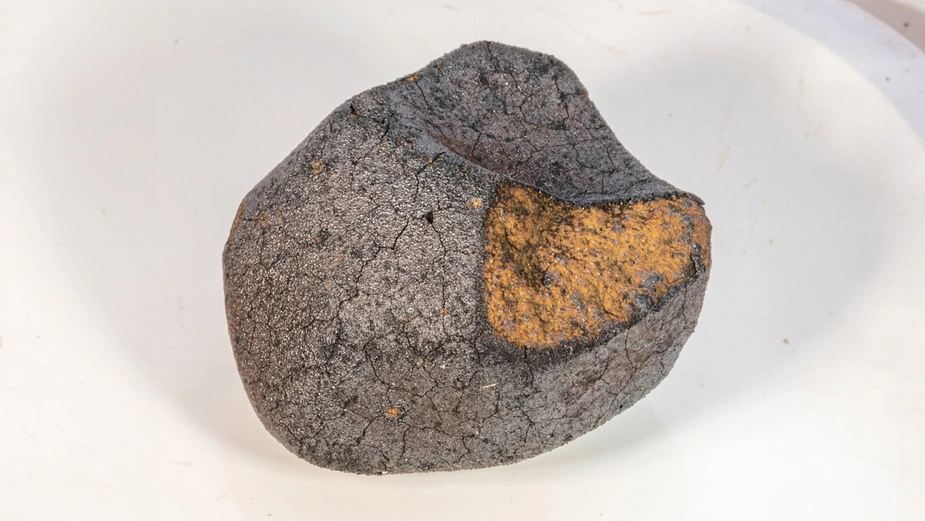How Earth got its water
Distant asteroids thought to have brought large amounts of water to Earth
Although water is essential for the existence of life on Earth, its presence on our planet was by no means a foregone conclusion. Millions of asteroid fragments from regions of the Solar System far from the Sun are likely to have brought a considerable amount of the water in Earth's oceans, and a recent study shows that this was only possible because the water-rich building blocks of the Solar System formed later, more slowly and at lower temperatures. By contrast, planetesimals further towards the centre of the Solar System contained little or no water or ice because they formed more quickly and at higher temperatures. Earth became the Blue Planet thanks to planetesimals that formed relatively late and far from the Sun.
The German Aerospace Center (Deutsches Zentrum für Luft- und Raumfahrt; DLR) was closely involved in the study, which has now been published in the journal Scientific Reports (Nature Portfolio)." Had there not been this delay in the formation of the planetesimals, Earth would be a bone-dry planet today," says lead author Wladimir Neumann of the DLR Institute of Planetary Research and the Institute of Geodesy at Technische Universität Berlin. "Put simply, their distance from the Sun at the time of their formation was crucial for both the composition of the planetesimals." Far out in the thinning disc of dust and gas, planetesimals formed somewhat later and more slowly than in the inner Solar System, a critical phenomenon that occurred again and again. "The late planetesimals did not become so hot and as such did not lose the water they contained," Neumann continues. "Later, many of these water-rich planetesimals reached the inner Solar System, probably bringing large amounts of water to Earth." This may also be how our outer planetary neighbour Mars acquired the water that it has since almost completely lost, but whose traces can still be seen today. It has been suggested that Venus may also have had water for several hundred million years in its early stages.
Full press release from the German Aerospace Center
Further information:
Dr. rer. nat. Wladimir Neumann, Ulrich Köhler
German Aerospace Center (DLR)
Institute of Planetary Research
Planetary physics
Rutherfordstraße 2, 12489 Berlin
www.dlr.de/en/pf
